Home>Gardening & Outdoor>Plant Care & Gardening Tips>What Native Plant Can I Put On The Bank Of A Creek To Hold The Soil
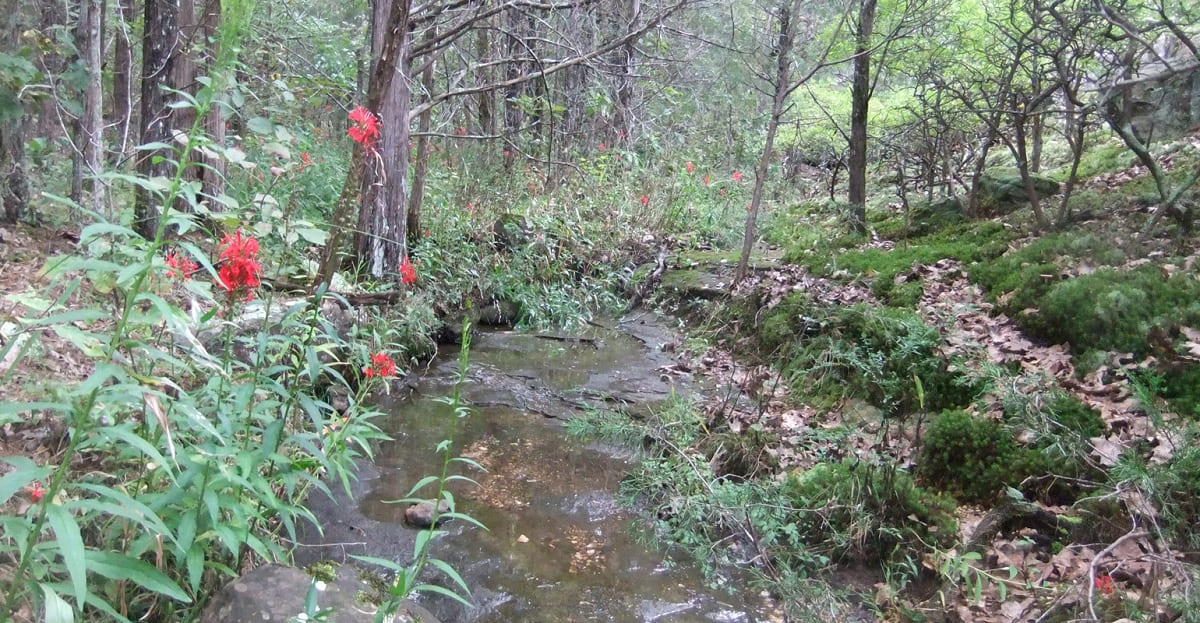

Plant Care & Gardening Tips
What Native Plant Can I Put On The Bank Of A Creek To Hold The Soil
Modified: January 6, 2024
Discover the best native plant for creek banks to prevent soil erosion and enhance the natural beauty of your landscape. Get expert plant care and gardening tips for a thriving creek-side garden.
(Many of the links in this article redirect to a specific reviewed product. Your purchase of these products through affiliate links helps to generate commission for Storables.com, at no extra cost. Learn more)
**
Introduction
**
When it comes to landscaping near a creek, choosing the right plants is crucial for maintaining the health of the ecosystem. Native plants play a vital role in preserving the natural balance of creek banks, as they are inherently adapted to the local environment. In this article, we will explore the significance of using native plants, the essential factors to consider before making a selection, and a curated list of native plants that are well-suited for creek banks. Additionally, we will delve into the best practices for planting and maintaining these native species to ensure their long-term success. By the end of this guide, you will have a comprehensive understanding of the benefits of incorporating native plants along creek banks and the practical steps to do so effectively.
**
Key Takeaways:
- Choose native plants for creek banks to preserve the ecosystem, prevent erosion, conserve water, enhance biodiversity, and minimize maintenance efforts.
- Consider local climate, soil conditions, water availability, erosion control needs, and aesthetic goals when selecting and maintaining native plants for creek banks.
Read more: What Native Plants Should I Plant
Importance of Using Native Plants
**
Native plants are an integral part of the natural ecosystem, and their significance in landscaping near creek banks cannot be overstated. Here are several compelling reasons why using native plants is crucial:
-
Ecosystem Preservation: Native plants have co-evolved with the local wildlife and microorganisms, forming a delicate balance within the ecosystem. By utilizing native plants, you can help maintain this balance and support the diverse array of species that rely on these plants for food, shelter, and habitat.
-
Soil Stabilization: The extensive root systems of native plants aid in stabilizing the soil along creek banks, preventing erosion and minimizing the risk of sediment runoff into the water. This is particularly important for maintaining water quality and the overall health of the creek ecosystem.
-
Water Conservation: Native plants are adapted to the local climate and soil conditions, requiring minimal irrigation once established. By choosing native species, you can significantly reduce water consumption and promote sustainable landscaping practices.
-
Biodiversity Enhancement: By incorporating a variety of native plants, you can create a diverse and resilient habitat that supports a wide range of pollinators, birds, and other wildlife. This contributes to the overall biodiversity of the area and fosters a healthier, more vibrant ecosystem.
-
Low Maintenance: Native plants are well-suited to the local environment, making them inherently low-maintenance once established. They are naturally resistant to local pests and diseases, reducing the need for chemical interventions and ongoing maintenance efforts.
By prioritizing native plants in your landscaping endeavors, you actively contribute to the preservation of the natural environment while reaping the numerous benefits they offer.
**
Factors to Consider Before Choosing Native Plants
**
Before selecting native plants for your creek bank landscaping, it’s essential to take several factors into account to ensure the success and sustainability of your planting efforts. Here are the key considerations:
-
Local Climate and Soil Conditions: Assess the specific climate and soil characteristics of your region to determine which native plants are best suited for the creek bank. Consider factors such as sunlight exposure, moisture levels, and soil type to select plants that will thrive in the local environment.
-
Water Availability: Evaluate the availability of water near the creek bank, taking into consideration natural water sources, rainfall patterns, and potential irrigation methods. Choose native plants that can adapt to the water availability in the area, whether it’s a wet or dry creek bank.
-
Erosion Control Needs: Assess the degree of erosion risk along the creek bank and select native plants with robust root systems that can effectively stabilize the soil and prevent erosion. Plants with deep, fibrous roots are particularly effective for erosion control.
-
Wildlife Habitat: Consider the types of wildlife you wish to support and attract to the area. Choose native plants that provide food, shelter, and nesting opportunities for local wildlife, contributing to the overall biodiversity of the ecosystem.
-
Aesthetic and Functional Goals: Define your aesthetic preferences and functional goals for the creek bank landscaping. Whether you prioritize visual appeal, natural habitat restoration, or a combination of both, align your plant selection with these objectives.
By carefully evaluating these factors, you can make informed decisions when choosing native plants for your creek bank, ensuring that they are well-suited to the local environment and contribute positively to the overall ecosystem.
**
Consider planting native grasses, such as switchgrass or big bluestem, along the bank of the creek. These plants have deep root systems that help hold the soil in place and prevent erosion.
Native Plants Suitable for Creek Banks
**
When selecting native plants for creek bank landscaping, it’s essential to choose species that can thrive in the unique conditions near water bodies. Here are several native plants that are well-suited for creek banks, offering both aesthetic appeal and ecological benefits:
-
Buttonbush (Cephalanthus occidentalis): This native shrub features striking spherical flowers and thrives in wet soil, making it an excellent choice for stabilizing the banks of wet creeks and providing habitat for pollinators and birds.
-
Swamp Milkweed (Asclepias incarnata): Ideal for moist to wet soil conditions, the swamp milkweed attracts butterflies and other pollinators while adding vibrant pink blooms to the creek bank landscape.
-
Cardinal Flower (Lobelia cardinalis): With its brilliant red blooms, the cardinal flower thrives in moist, partially shaded areas along creek banks, attracting hummingbirds and adding a pop of color to the landscape.
-
Blue Flag Iris (Iris versicolor): This striking native iris species prefers wet soil and provides elegant, blue-violet blooms that enhance the visual appeal of creek banks while offering habitat for various wildlife species.
-
Sweetflag (Acorus calamus): Suitable for both wet and shallow water conditions, sweetflag features aromatic foliage and provides erosion control along creek banks, contributing to the overall stability of the soil.
These native plants are just a few examples of the diverse flora that can thrive along creek banks, contributing to the ecological integrity and visual allure of the area. When selecting native plants, it’s crucial to consider their adaptability to the specific conditions of your creek bank and their potential to enhance the overall ecosystem.
**
Planting and Maintenance Tips
**
Successfully establishing native plants along creek banks requires careful planning, proper planting techniques, and ongoing maintenance to ensure their long-term health. Here are essential tips for planting and maintaining native plants in this environment:
-
Site Preparation: Clear the planting area of any invasive plants or debris, and ensure that the soil is well-drained and free of compaction. If necessary, amend the soil with organic matter to improve its structure and fertility.
-
Plant Selection and Placement: Choose native plant species that are well-adapted to the moisture levels and sunlight exposure of the creek bank. Plant them at appropriate intervals, considering their mature size and the overall aesthetic and functional goals of the landscape.
-
Watering and Establishment: Water newly planted native species regularly to support their establishment, especially during dry periods. Once established, many native plants are resilient and require minimal supplemental watering.
-
Mulching: Apply a layer of organic mulch around the base of the plants to conserve soil moisture, suppress weed growth, and provide insulation for the roots. Avoid excessive mulch depth, particularly near the stems of the plants.
-
Monitoring and Maintenance: Regularly inspect the plants for signs of stress, disease, or pest infestations. Prune as needed to maintain plant health and shape, and remove any invasive species that may encroach on the native plantings.
-
Erosion Control Measures: Implement erosion control measures such as coir logs, live stakes, or bioengineering techniques to further stabilize the creek bank and enhance the success of the native plantings, particularly in areas prone to erosion.
By following these planting and maintenance tips, you can establish a thriving community of native plants along the creek bank, contributing to the ecological integrity of the area while creating a visually appealing and sustainable landscape.
**
Conclusion
**
Landscaping with native plants along creek banks offers a multitude of benefits, ranging from ecological preservation to aesthetic enhancement. By prioritizing native species that are well-suited to the unique conditions of creek banks, you contribute to the overall health and resilience of the ecosystem while creating a harmonious and visually captivating landscape.
As you embark on your journey of incorporating native plants along creek banks, remember to consider the specific factors that influence plant selection, such as local climate, soil conditions, and erosion control needs. By carefully evaluating these factors, you can make informed decisions that align with the ecological integrity and long-term sustainability of the landscape.
Furthermore, the planting and maintenance tips provided in this guide serve as a roadmap for establishing and nurturing thriving native plant communities along creek banks. Through proper site preparation, thoughtful plant selection, and diligent maintenance practices, you can create a resilient and biodiverse habitat that benefits both the local ecosystem and the surrounding community.
Ultimately, the use of native plants along creek banks represents a commitment to environmental stewardship and the preservation of natural beauty. By embracing the inherent adaptability and ecological value of native species, you contribute to the restoration and enhancement of creek bank ecosystems, fostering a sustainable and thriving environment for generations to come.
As you embark on this endeavor, may your journey be filled with the joy of witnessing the flourishing of native plants and the myriad forms of life they support, enriching the landscape and nurturing the interconnected web of life along the creek banks.
Frequently Asked Questions about What Native Plant Can I Put On The Bank Of A Creek To Hold The Soil
Was this page helpful?
At Storables.com, we guarantee accurate and reliable information. Our content, validated by Expert Board Contributors, is crafted following stringent Editorial Policies. We're committed to providing you with well-researched, expert-backed insights for all your informational needs.
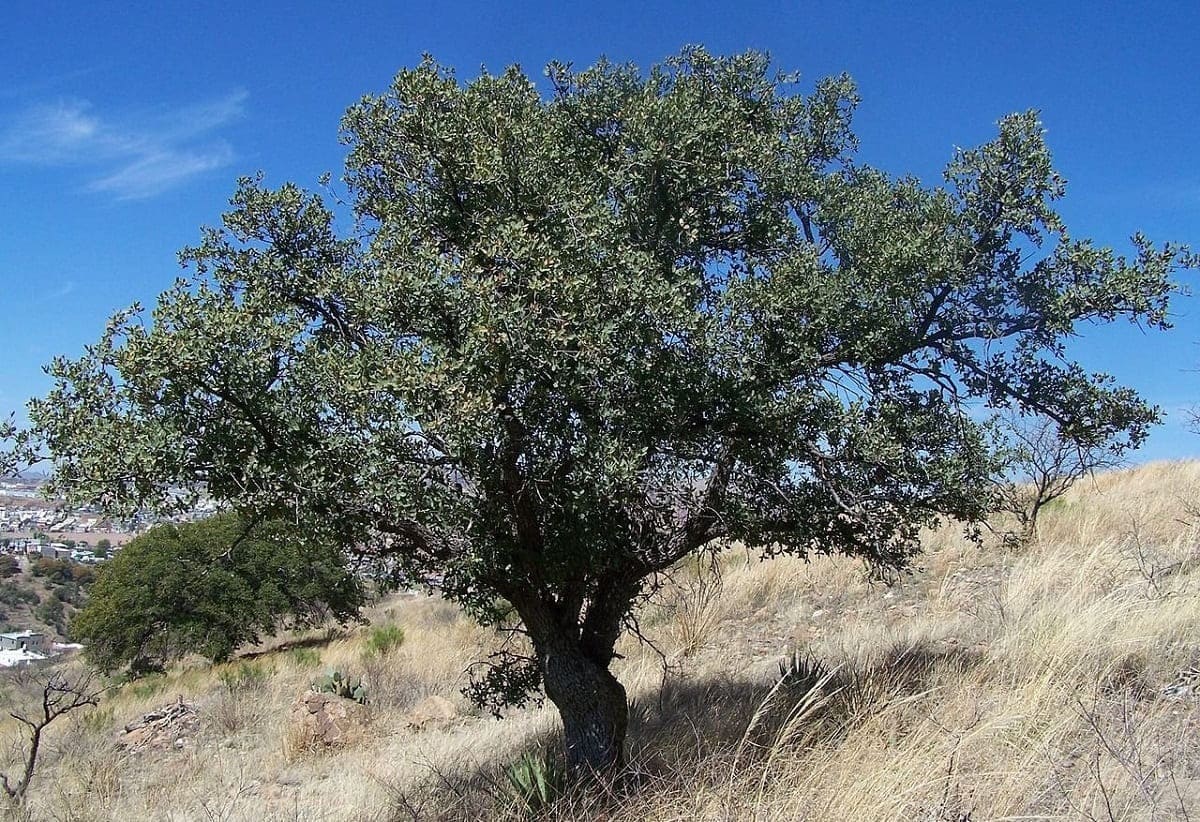
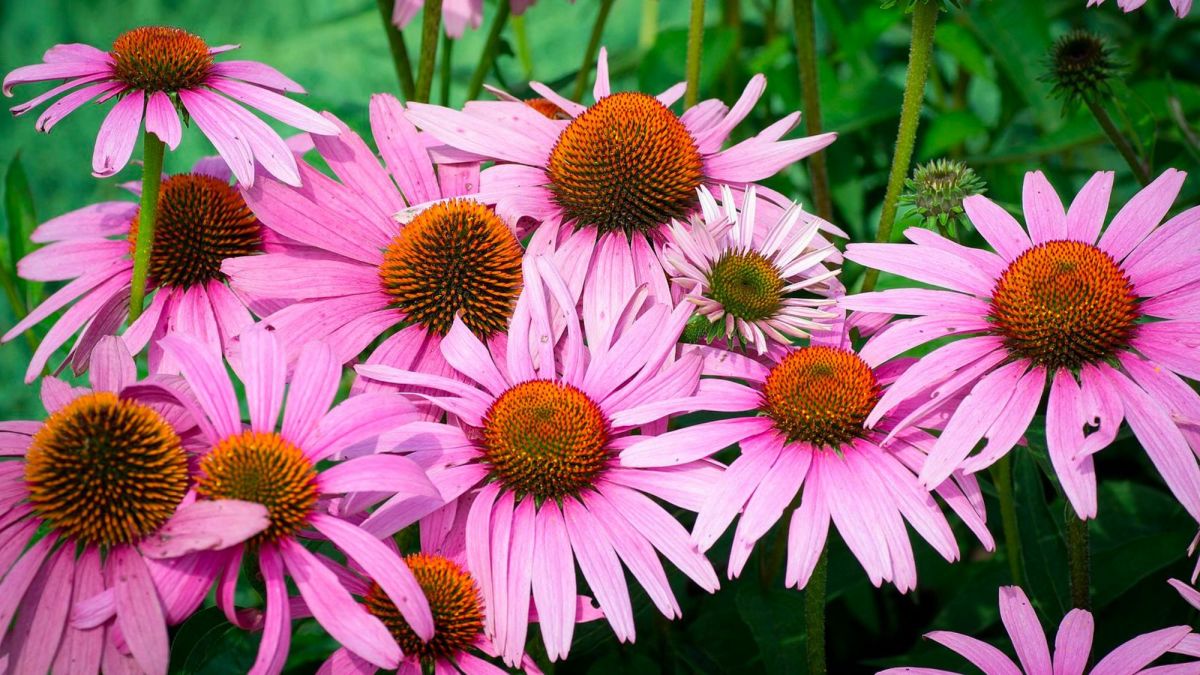

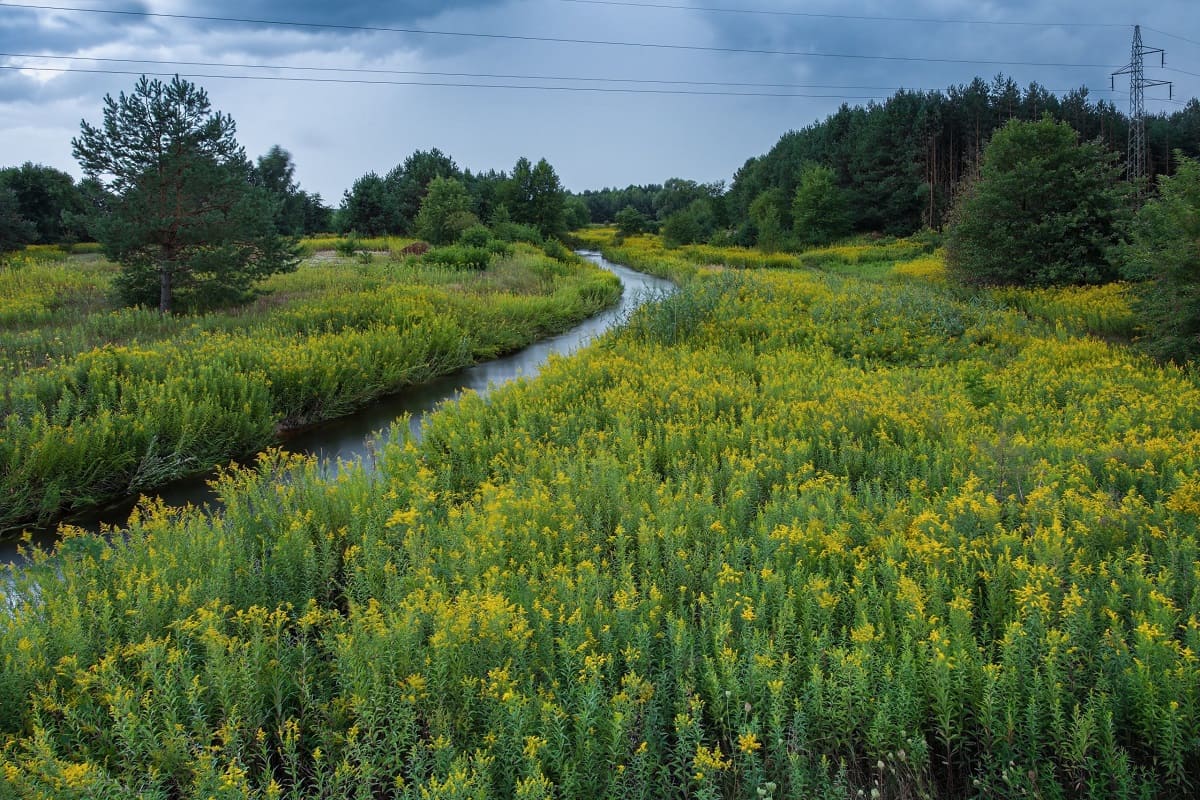
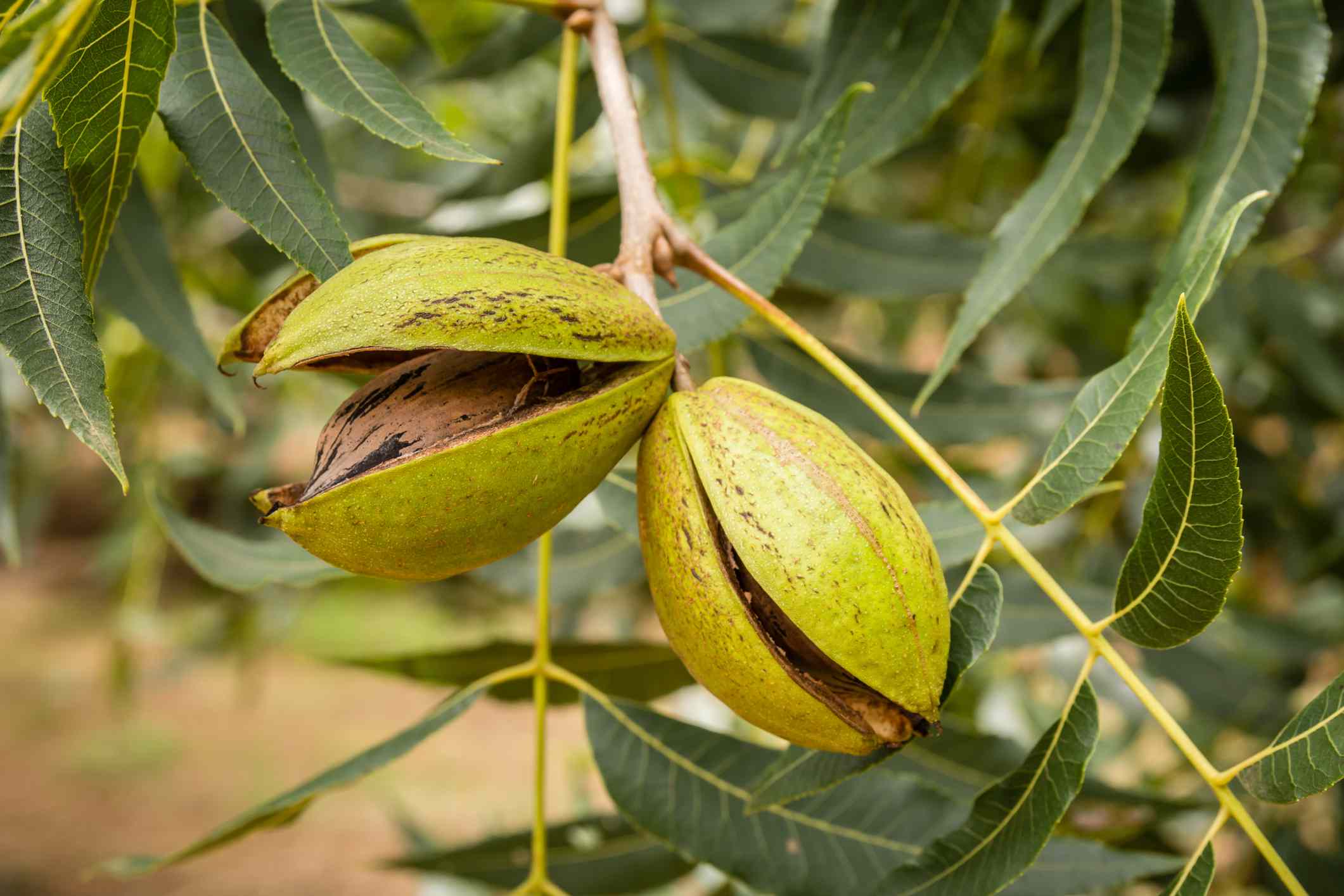
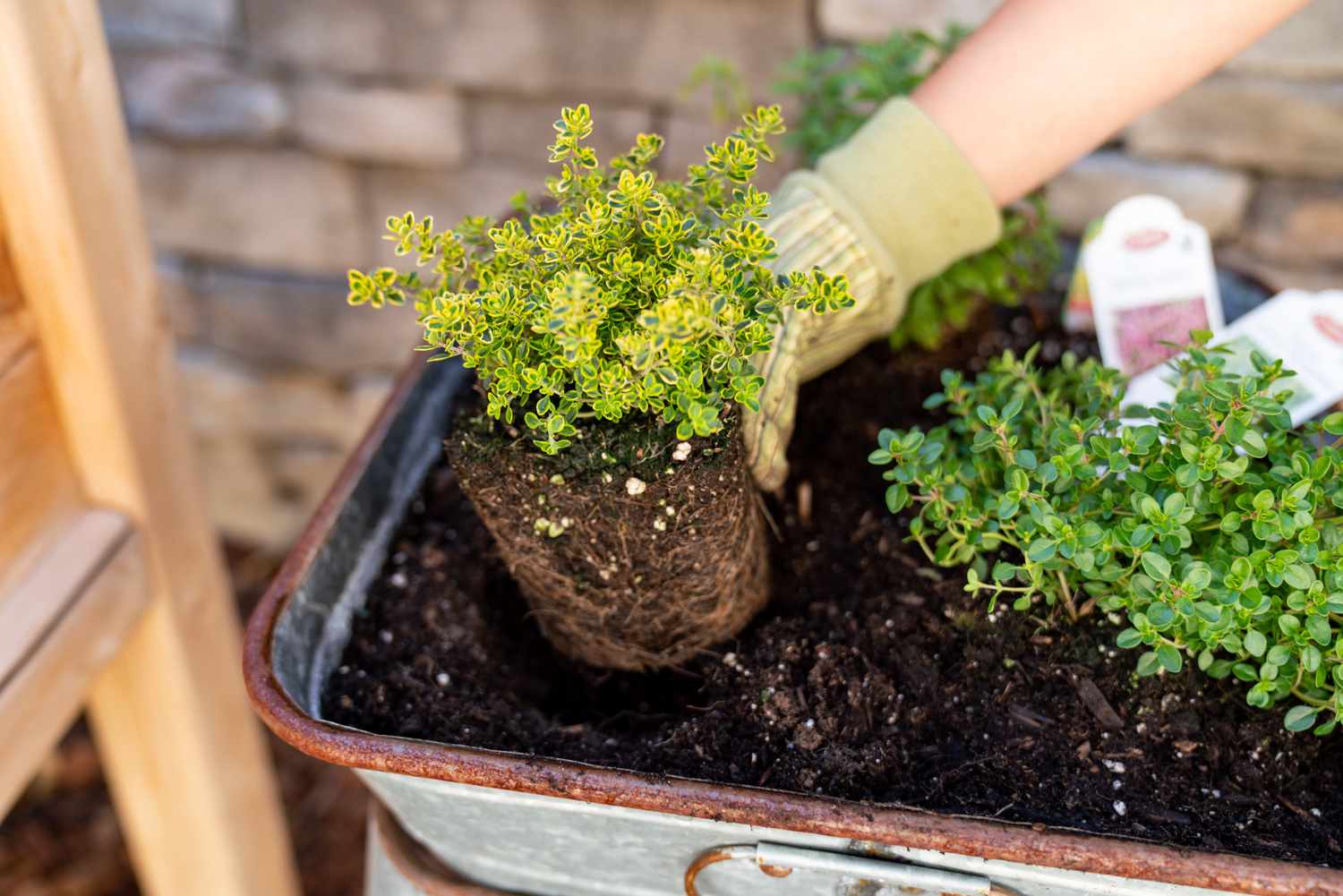
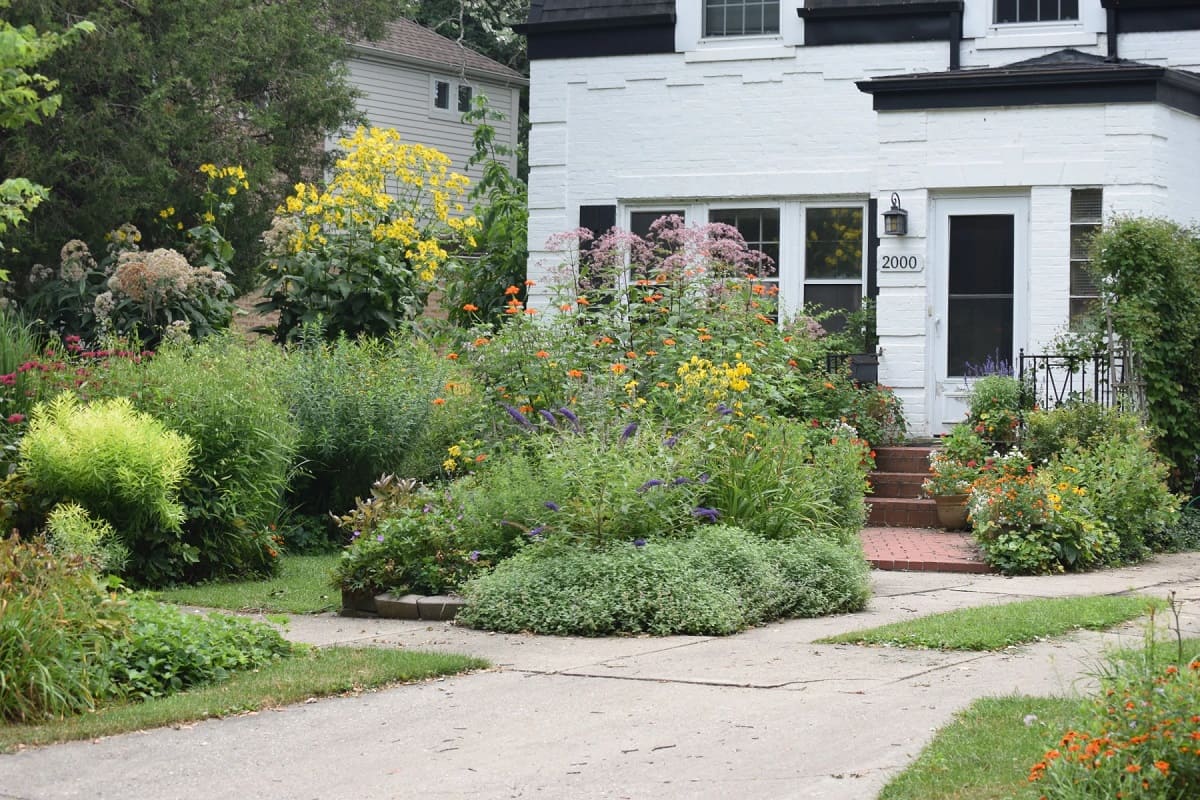
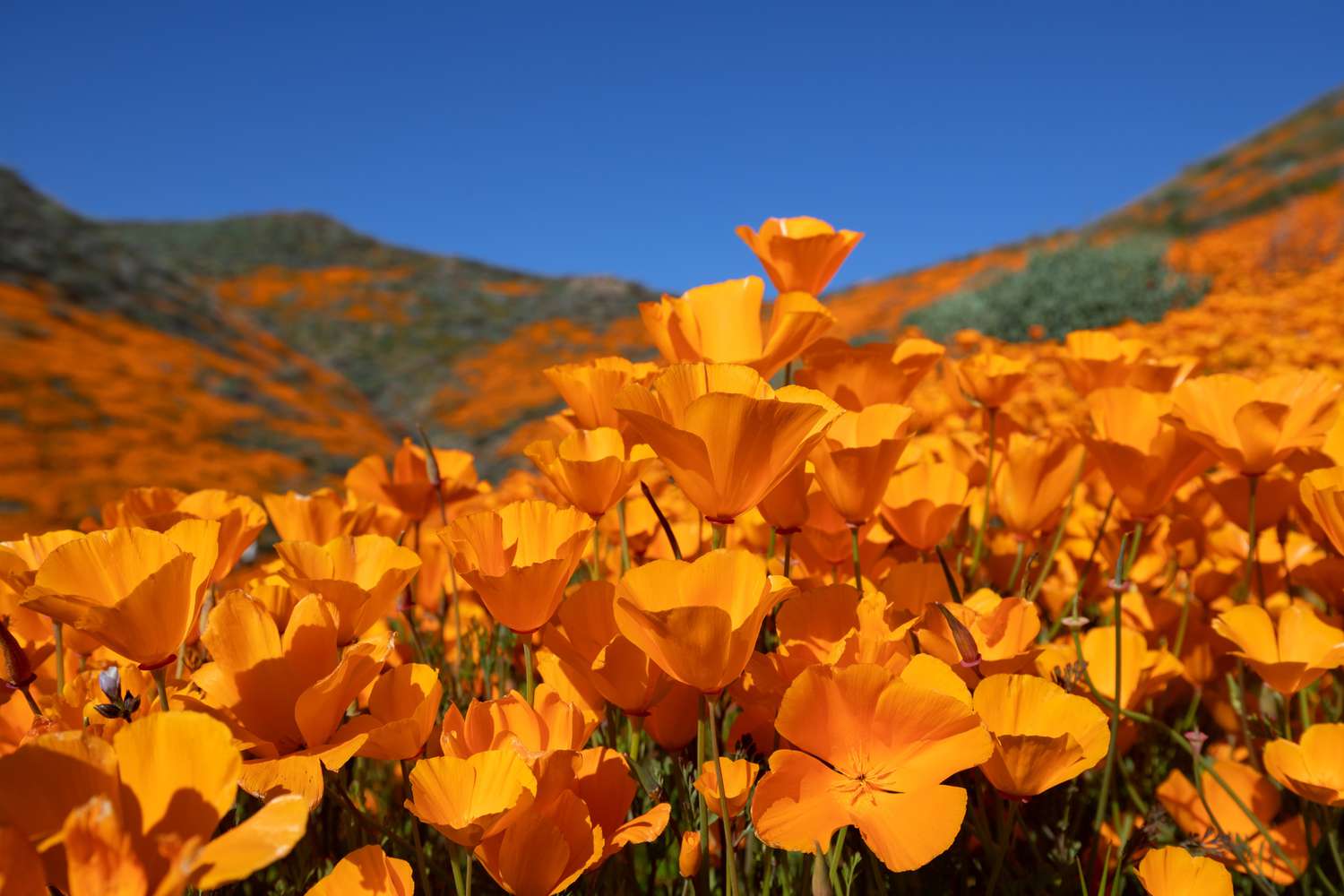


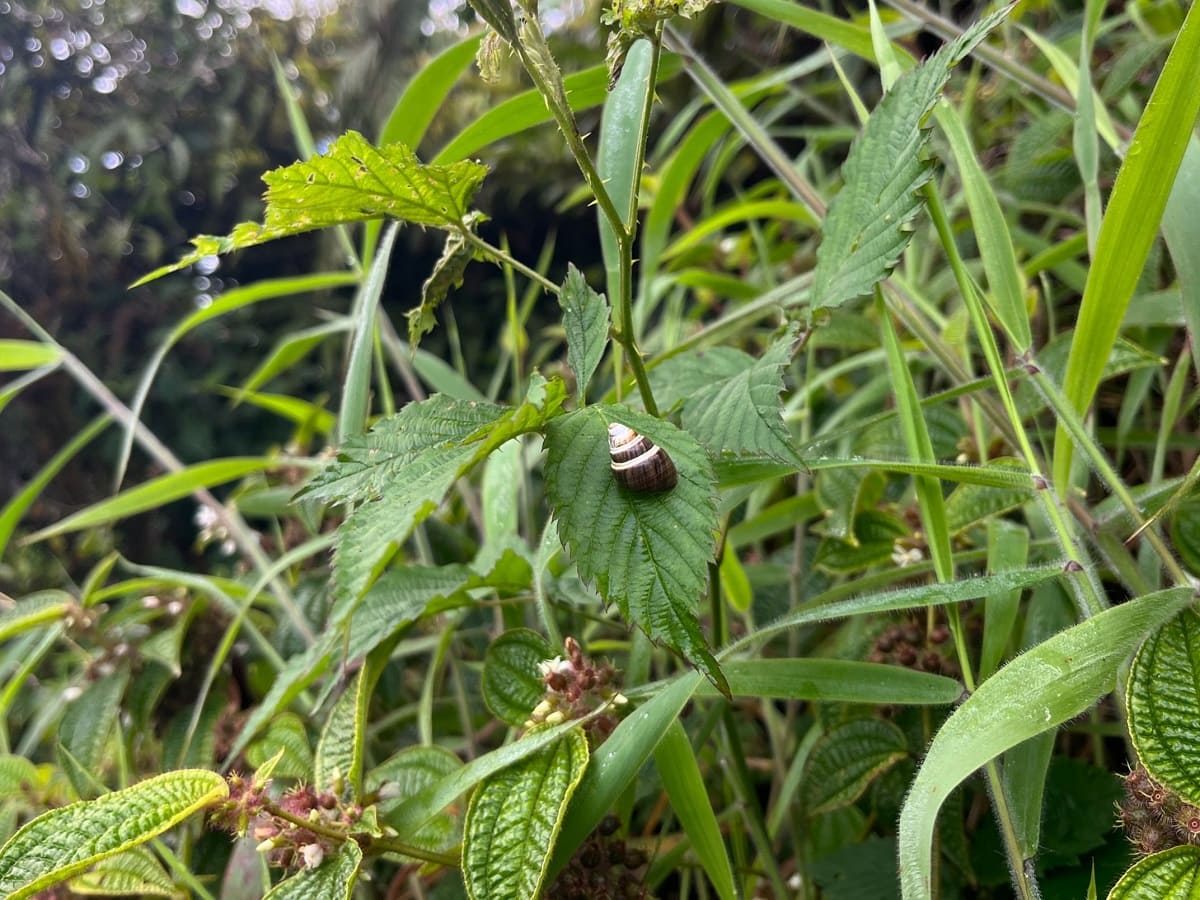
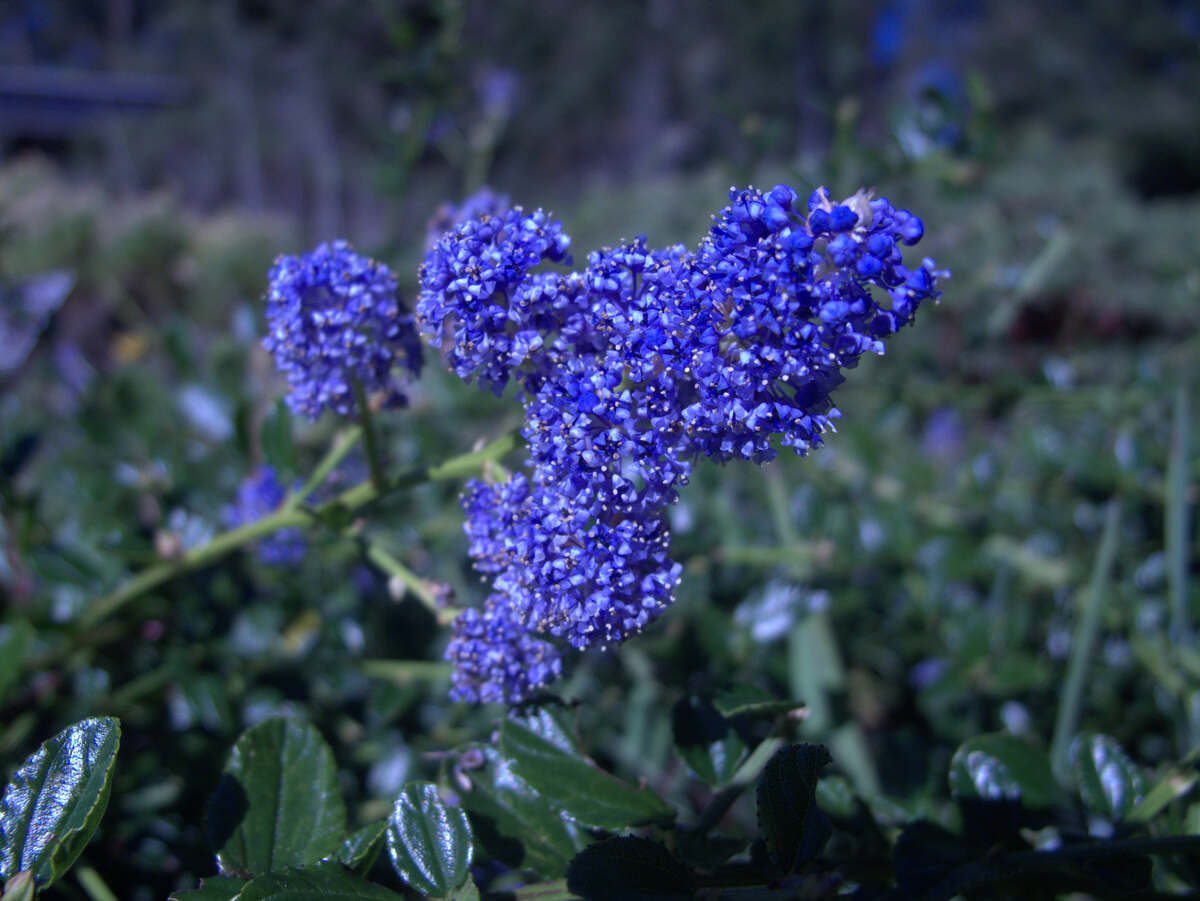
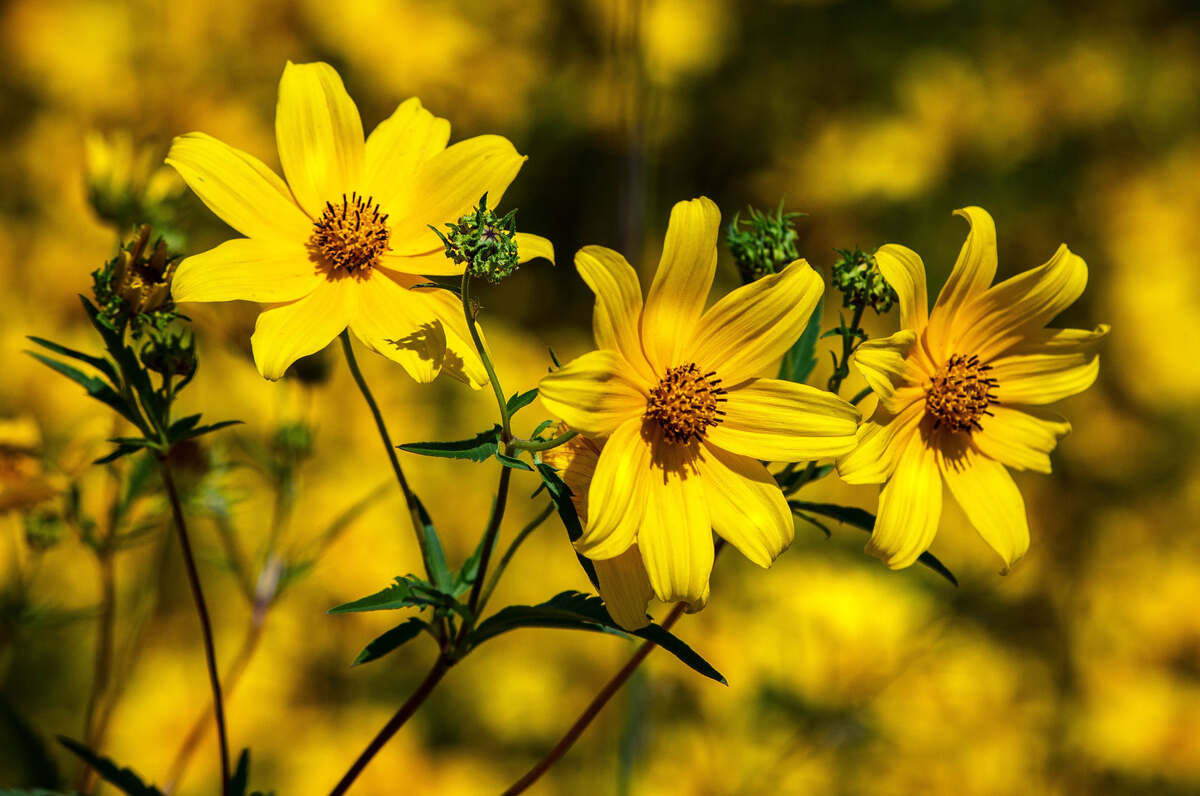
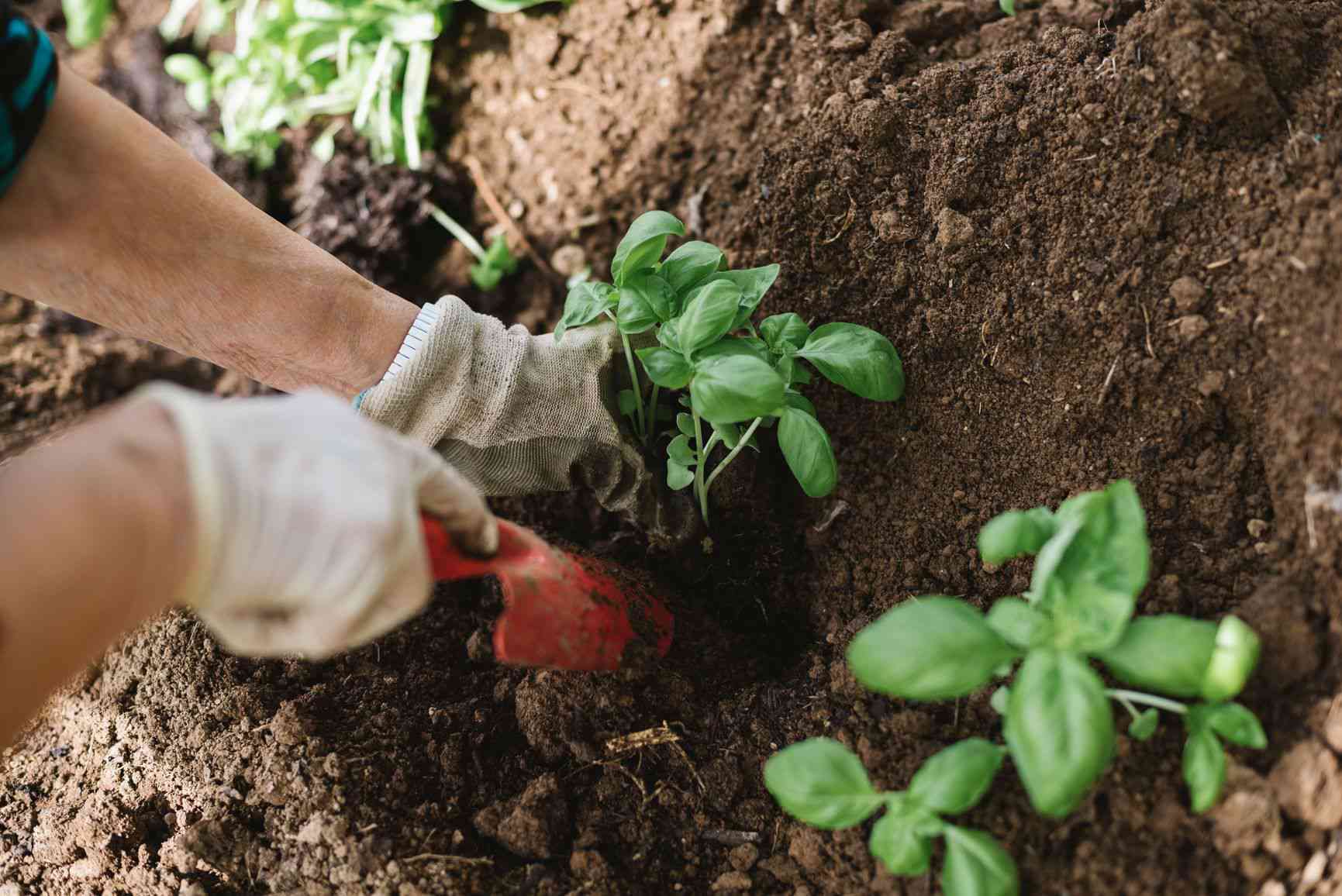

0 thoughts on “What Native Plant Can I Put On The Bank Of A Creek To Hold The Soil”